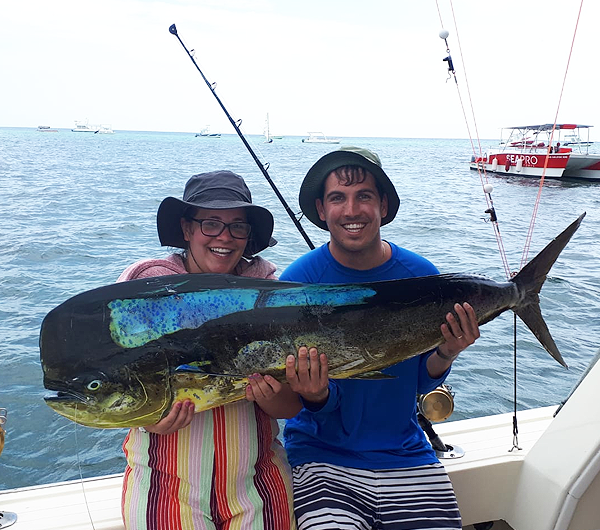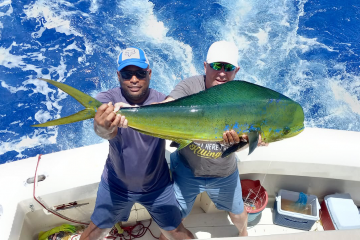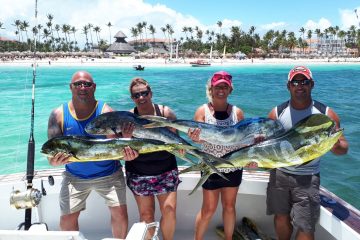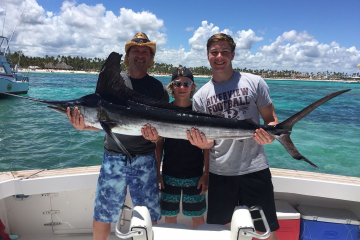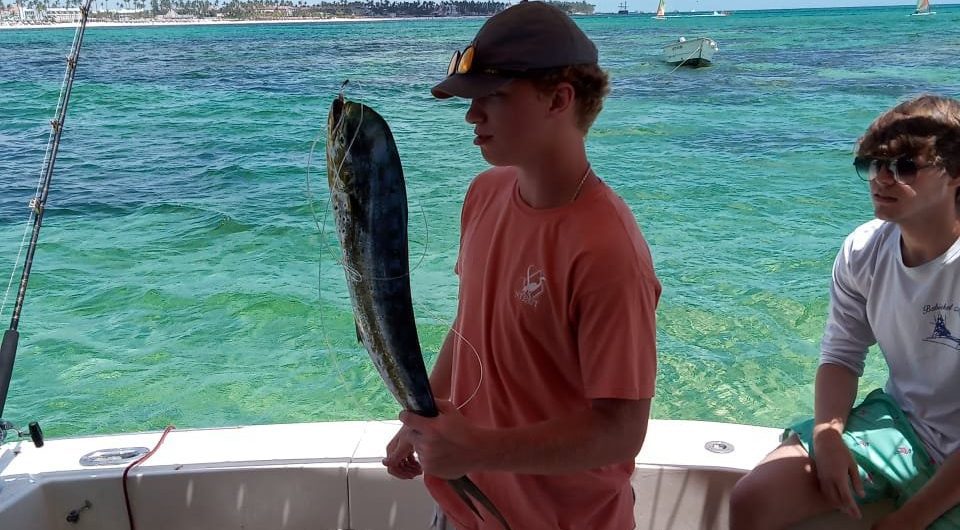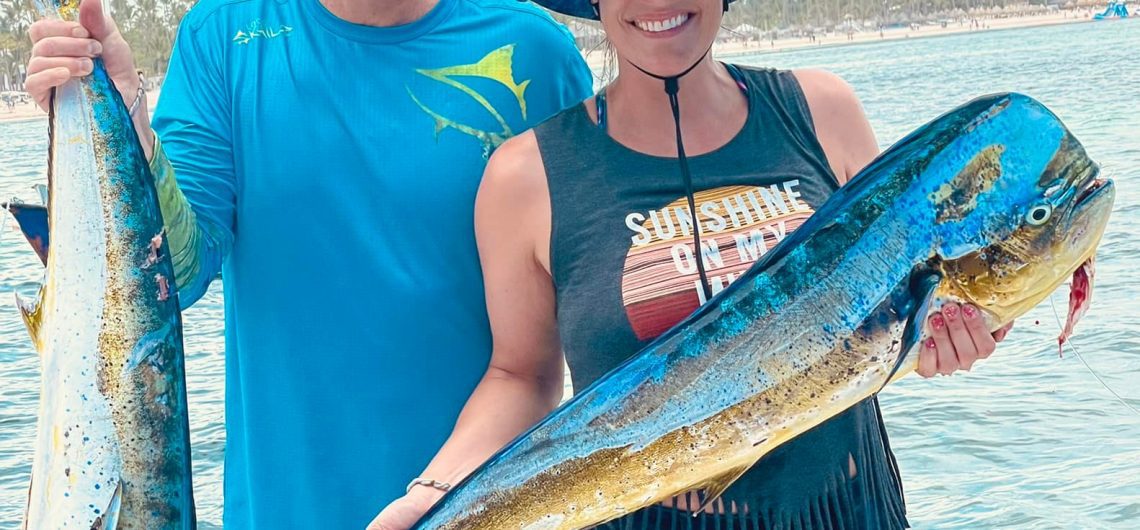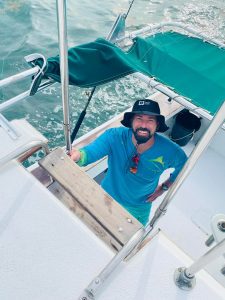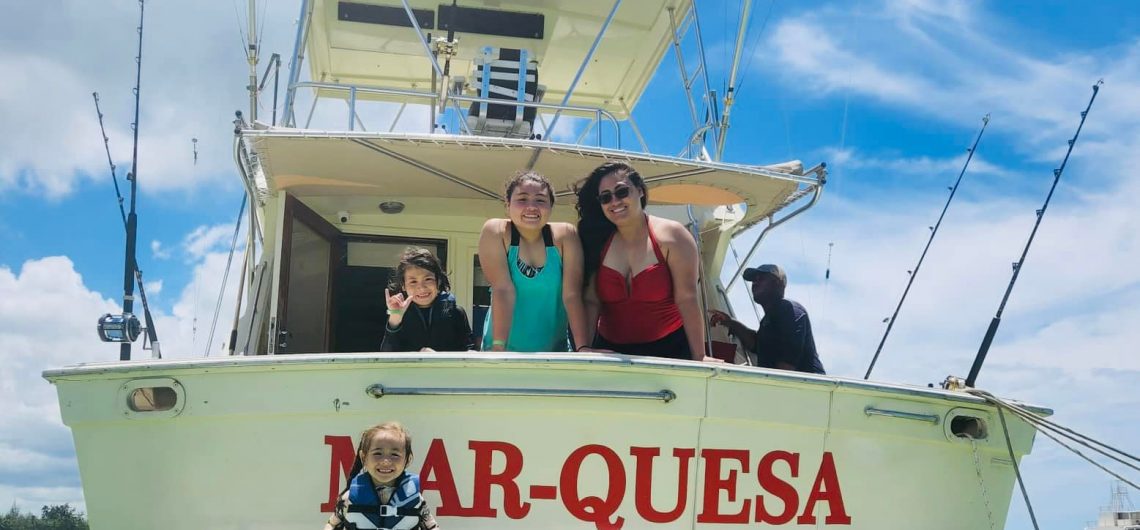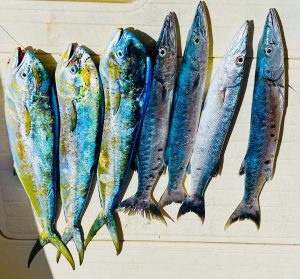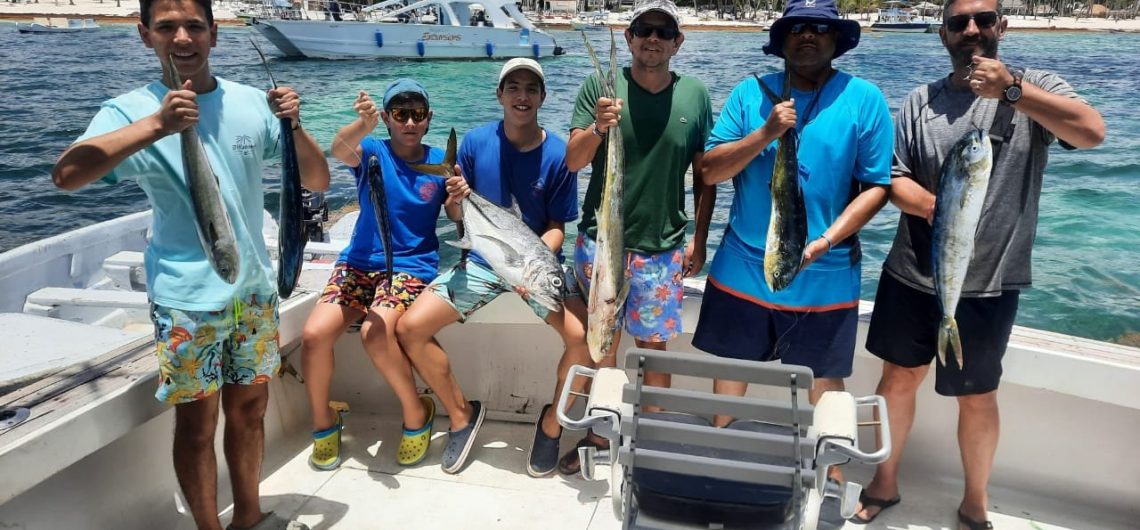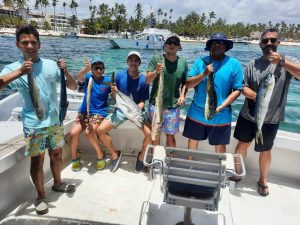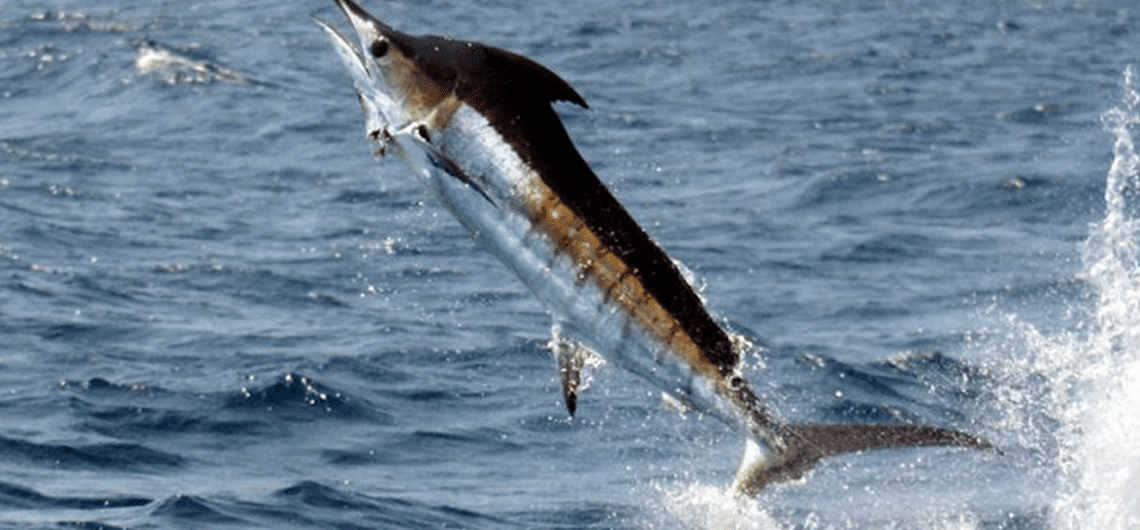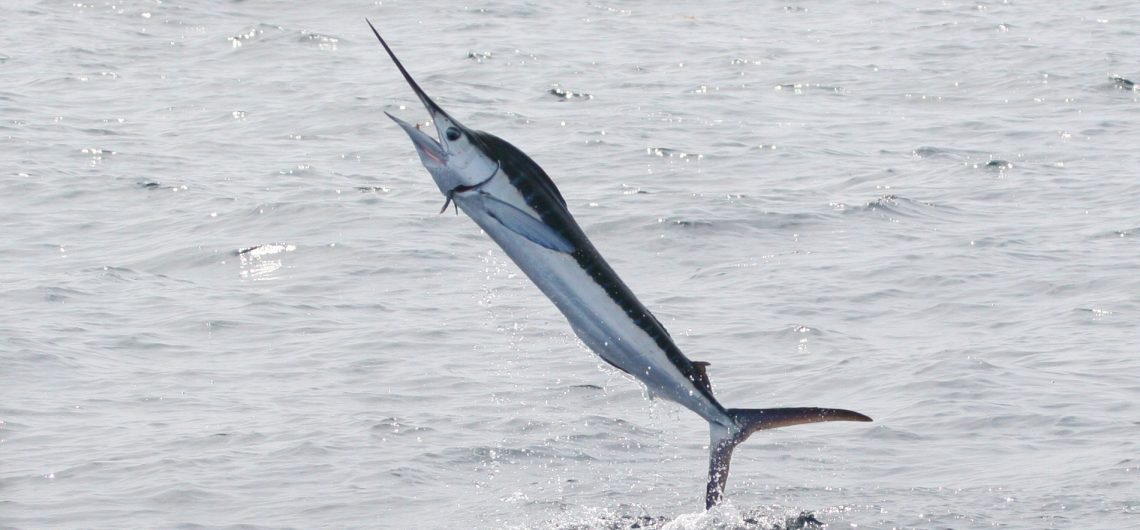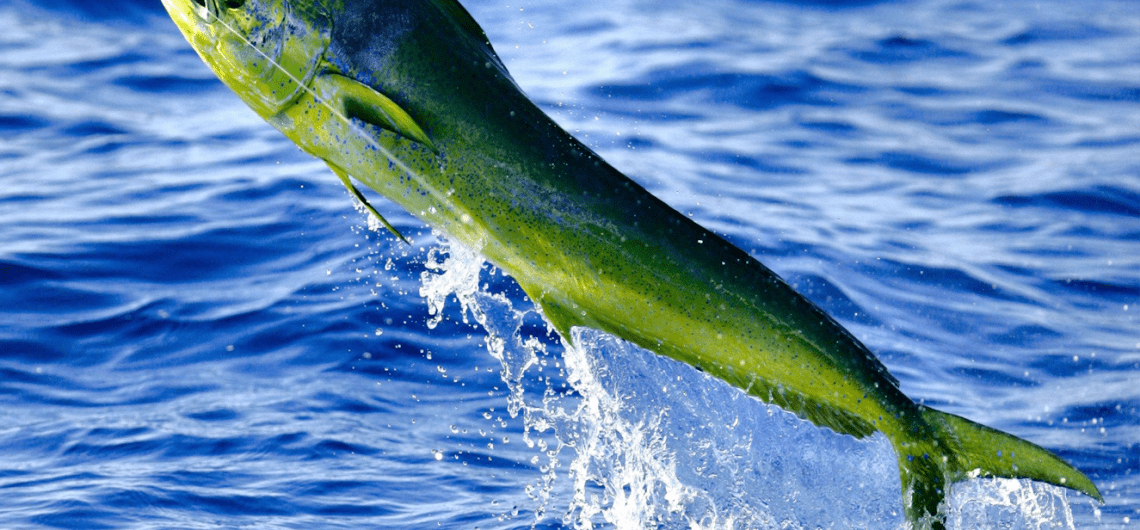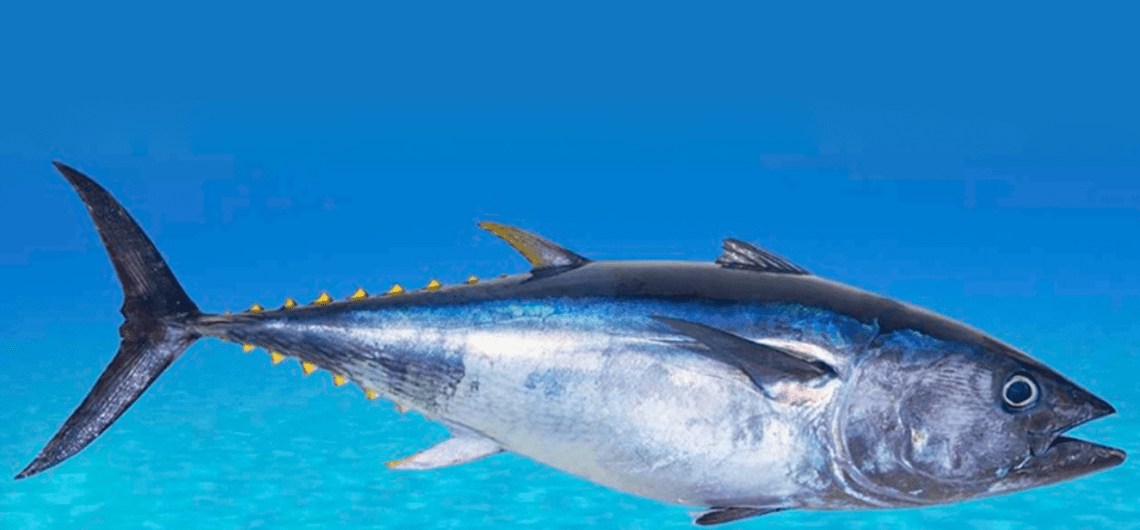We are specialists in fishing in the waters of the Caribbean Sea, come and enjoy an excursion full of adrenaline with Fishing Pro Exclusive.
#mahimahi #wahoo #puntacana #fishingcharters #fishing #dominicanrepublic #fishingproexclusive #tours #adventure
🐠How to catch the Exotic MAHI-MAHI or Pez Dorado❓
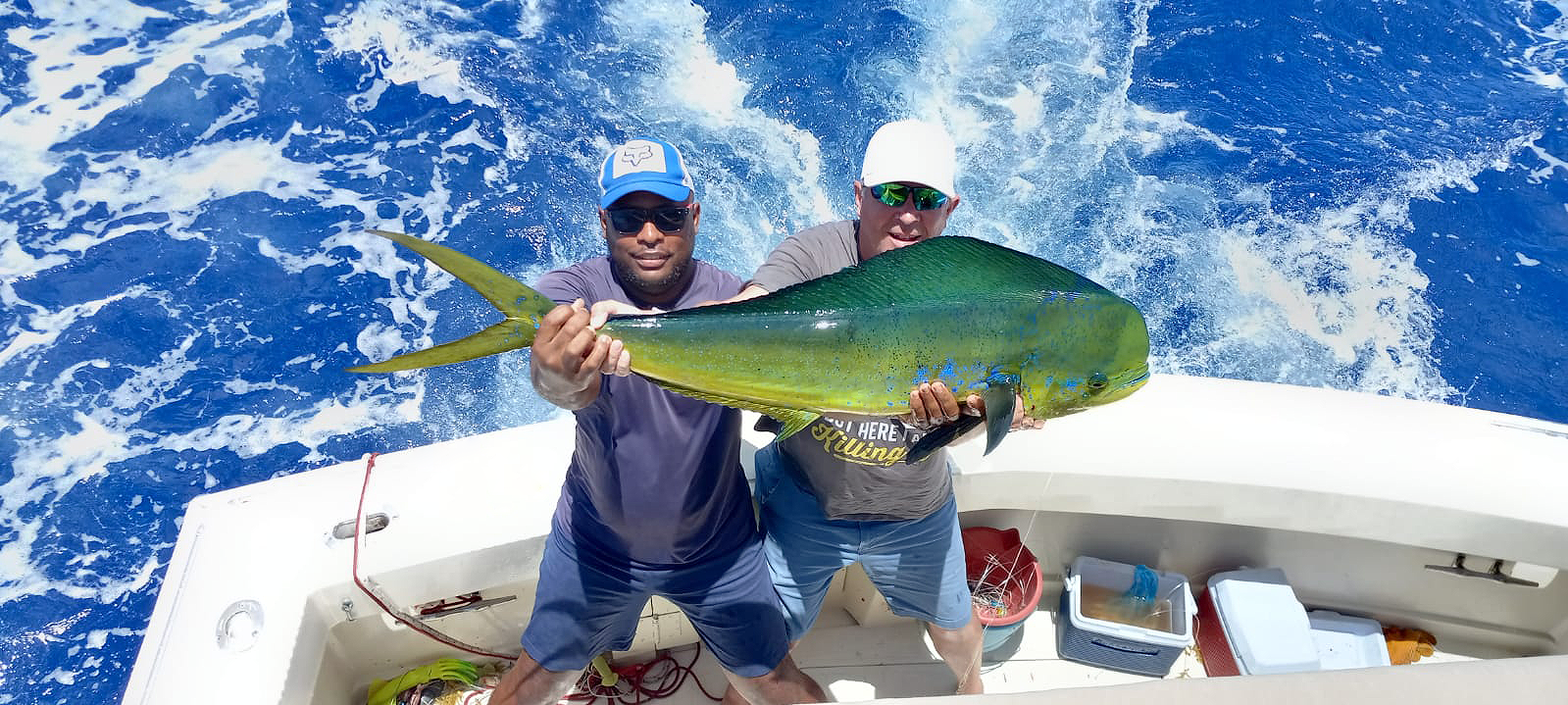
🌊 The fish lives in three oceans: the Atlantic, the Indian, the Pacific. The most popular place to catch this fish in the Atlantic is the Caribbean islands. In our case Punta Cana.
🎣For the capture of Mahi-Mahi Pez Dorado it is usually used:
– In our case Trolling;
– Adrift;
– Classic spinning of the ship.
🔱The main tool to catch the Mahi-Mahi Pez Dorado is spinning in the sea, up to 2.3 meters long. To equip the marine yarn used: Multiplier coils capable of withstanding up to 300 meters; Mono or Dacron rope; Reliable and sharp hook.
⚓ Lures in the Mahi-Mahi Pez Dorado. As a mouthpiece for this fish is used:
– Meat of small crustaceans (shrimps, crabs);
– Meat cephalopods (squid);
– Any small fish (whole or sliced).
🎏As artificial baits used:
– Lobed Wobblers;
– Heavy oscillating spinners;
– Artificial squid;
– Artificial tread (length from 17 to 25 cm);
– Imitation of flying fish;
– Team with replanting of natural flying fish.
🔎To search for the package you need to use the echosounder. But the best indicator of the appearance of a school of Mahi-Mahi Pez Dorado in the area is the activity of the volatile fish that begin to jump out of the water. Our experience in tropical waters guarantees a safe fish. What are you waiting for?
Most Popular Tours
 Our children can also fish, come as a family and enjoy the best private Fishing Charter.
Our children can also fish, come as a family and enjoy the best private Fishing Charter.
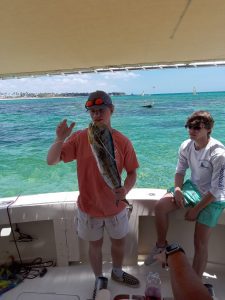
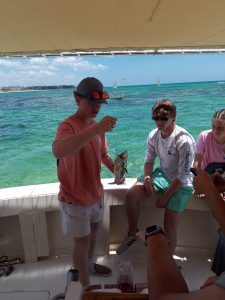
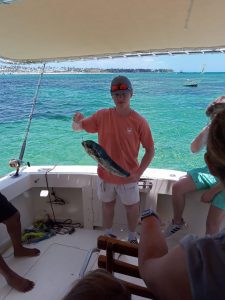


 Congratulations on your capture and your excellent day with us, we hope that your story becomes known and that future wonderful people like you manage to get the true service they need.
Congratulations on your capture and your excellent day with us, we hope that your story becomes known and that future wonderful people like you manage to get the true service they need.
Words from our guest
Seriously the highlight of our vacation! I love a good story and here is one for you! We were to go deep sea fishing on Tuesday and lack of speaking the language, we waited at the wrong place and missed our boat! So they rescheduled us for today! We booked a max 6 person deep sea fishing boat! When we got there they were trying to put 11 people in one boat when we paid for 6. Not speaking the language, you just got to go with the flow. The other family was ticked it was such a large group and were fighting for a refund! (In Spanish!
) Meanwhile the 4 men from Cuba that chartered a private tour boat that we rode over with knew we didn’t speak Spanish….when they saw us caught up in that mess….they told the man for us to jump in their boat!
So essentially we upgraded to a private tour and they translated along the way for us! Such a great group of men! Very thankful and blessed! Everything happens for a reason!
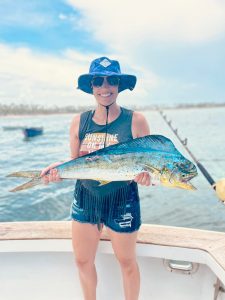
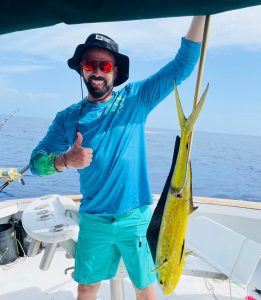
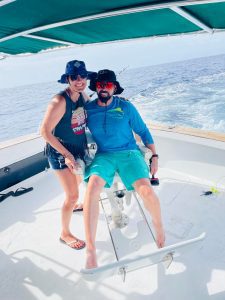
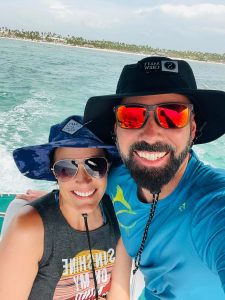
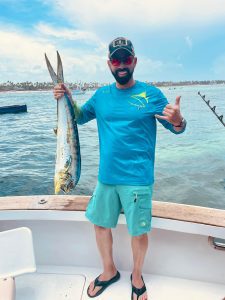
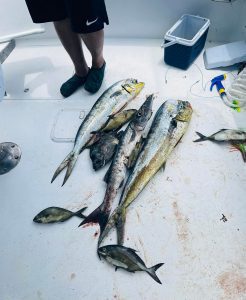
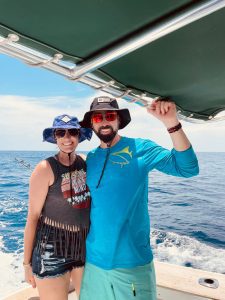
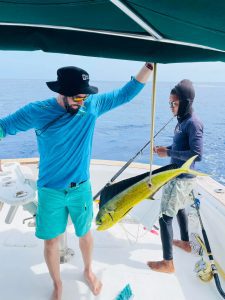
Congratulations to this beautiful family for their great fishing. We hope this story catches on and serves as an example to other families who want to do the same. Here we wait for you. Blessings  .
.
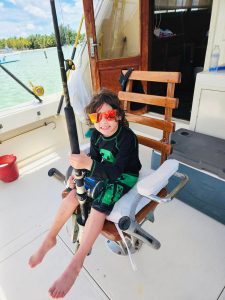
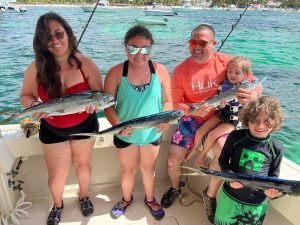
Excellent day of fishing by this beautiful family, congratulations guys, the Fishing Pro Exclusive team is proud of you.
#fishingcharters #fishing #puntacana #beach #playa #barcos #botes #tours #excursion #sport #resorts #hotel #bookings
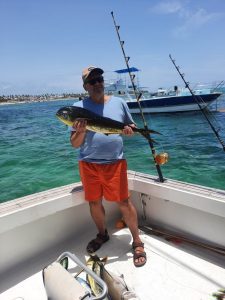
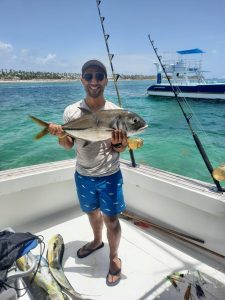
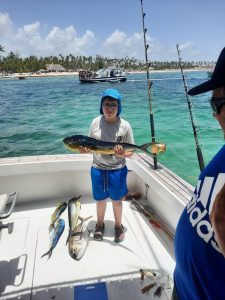
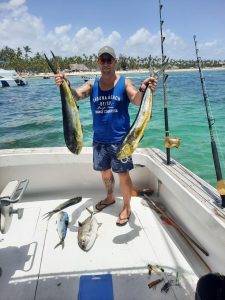
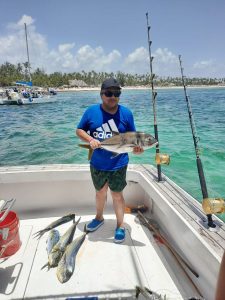
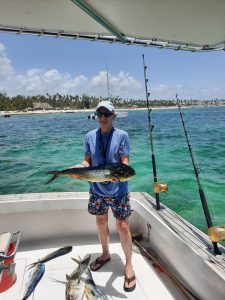
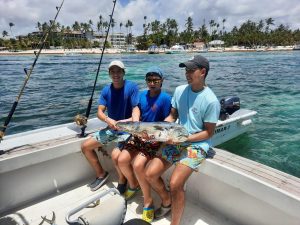
Blue Marlin
COMMON NAME: Blue Marlin
SCIENTIFIC NAME: Makaira nigricans
TYPE: Fish
DIET: Carnivore
GROUP NAME: School
AVERAGE LIFE SPAN: 27 years (females); 18 years (males)
SIZE: Up to 14 feet
WEIGHT: Up to 1,985 pounds
SIZE RELATIVE TO A 6-FT MAN:
White Marlin
Species name: Tetrapturus albidus (Poey 1860)
Synonyms for use: Kajikia albida (Poey, 1860)
ICCAT species code: WHM
ICCAT names: White needle (Spanish), Makaire Blanc (French), White Marlin (English)
Nakamura (1985) classified the white needle as follows:
- Phylum: Chordata
- Subphylum: Vertebrata
- Superclass: Gnathostomata
- Class: Osteichthyes
- Subclass: Actinopterygii
- Order: Perciformes
- Suborder: Xiphioidei
- Family: Istiophoridae
Mahi-Mahi (Dorado) – Punta Cana Fishing Charters
Dolphins are not dolphins. Unlike mammals, dolphins have fins. The dolphinfish most likely got its confusing common name when it was previously classified as a genus of dolphins. It also has a melon-shaped head, just like a real dolphin. In modern classification systems, fish belong to the genus Coryphaena.
When a restaurant says “dolphin” on the menu, it refers to dolphin fish, not mammals. Some restaurants use the alternative names mahi-mahi and pompano to avoid confusion.
Fast Facts: Dolphin Fish
- Scientific Name: Coryphaena hippurus (common dolphin fish); Coryphaena equiselis (pompano dolphin fish)
- Other Names: Dolphinfish, dolphin, mahi-mahi, dorado, pompano
- Distinguishing Features: Brilliantly colored fish with single dorsal fin spanning the length of the body; males have protruding foreheads
- Average Size: 1 meter in length and up to 40 kilograms (88 lb) weight
- Diet: Carnivorous
- Life Span: Up to 5 years, but usually less than 2 years
- Habitat: Temperate, subtropical, and tropical oceans worldwide
- Conservation Status: Least Concern
- Kingdom: Animalia
- Phylum: Chordata
- Class: Actinopterygii
- Order: Perciformes
- Family: Coryphaenidae
- Fun Fact: The dolphin fish is a very fast swimmer, reaching speeds of nearly 60 mph.
Description
Most Popular Tours
| Bonito | |
|---|---|
 |
|
| Atlantic bonito, Sarda sarda | |
| Kingdom: | Animalia |
| Phylum: | Chordata |
| Class: | Actinopterygii |
| Order: | Scombriformes |
| Family: | Scombridae |
| Subfamily: | Scombrinae |
| Tribe: | Sardini Jordan and Evermann, 1896 |
Bonitos are a tribe of medium-sized, ray-finned predatory fish in the family Scombridae – a family it shares with the mackerel, tuna, and Spanish mackerel tribes, and also the butterfly kingfish.Also called the Sardini tribe, it consists of eight species across four genera; three of those four genera are monotypic, having a single species each.
Etymology
Bonito means “pretty” in Portuguese and Spanish, but it is unclear whether the name of the fish is related to this. The Spanish Academy derives the name from Arabic bainīth, but that may be a borrowing from the Spanish.
Species
- Genus Sarda (Cuvier, 1832)
- Australian bonito, S. australis (Macleay, 1881)
- Sarda chiliensis (Cuvier, 1832)
- Eastern Pacific bonito, S. c. chiliensis (Cuvier, 1832)
- Pacific bonito, S. c. lineolata (Girard, 1858)
- Striped bonito, S. orientalis (Temminck & Schlegel, 1844)
- Atlantic bonito, S. sarda (Bloch, 1793)
- Genus Cybiosarda (Whitley, 1935)
- Leaping bonito, C. elegans (Whitley, 1935)
- Genus Gymnosarda Gill, 1862
- Dogtooth tuna, G. unicolor (Rüppell, 1836)
- Genus Orcynopsis Gill, 1862
- Plain bonito, O. unicolor (Geoffroy Saint-Hilaire, 1817)
Food
Pacific and Atlantic bonito meat has a firm texture and a darkish color. The bonito has a moderate fat content. The meat of young or small bonito can be of lighter color, close to that of skipjack tuna, and is sometimes used as a cheaper substitute for skipjack, especially for canning purposes, and occasionally in the production of cheaper varieties of katsuobushi that are sold as bonito flakes. Bonito may not, however, be marketed as tuna in all countries.
The Atlantic bonito is also found in the Mediterranean and the Black Sea, where it is a popular food fish, eaten grilled, pickled (lakerda), or baked.



